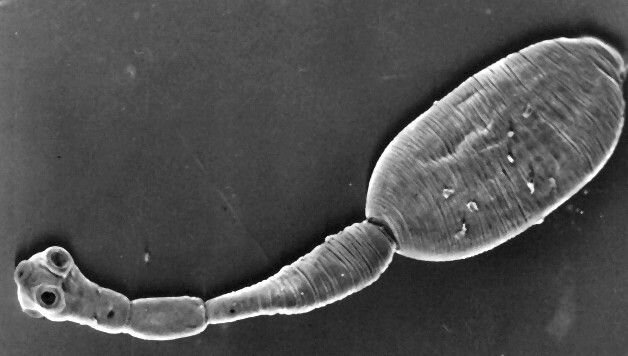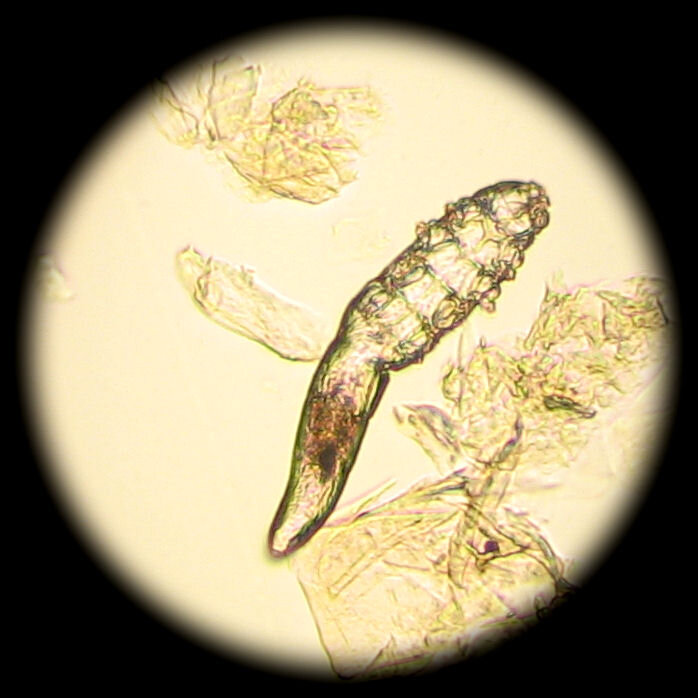Forth Valley Veterinary Clinic Blog
Our top tips and useful information regarding pet and animal health…

Dogs and Dairy
Easter... my favourite holiday. They only time you can eat chocolate for breakfast without the guilt.
Unfortunately the same isn’t for our fur babies. During the month of April we will be doing mini blog posts on dangerous foods for your pets!

Toxic Foods
Sometimes it’s hard to keep track of what your pet can eat. Some foods are great for your pet, but some can leave them feeling sick or worse (cause severe and fatal conditions). Below we have made a list of the potentially dangerous foods for your pet.

Vomiting
Vomit! Usually an event that will gross most of us out. It comes in a variety of forms, from mild to severe, once off to continuous, foamy, mucousy, you name it! Vomit can come in any form and at any time, but what does it mean?
Vomiting is the primary clinical sign associated with gastric dysfunction; it can be associated with the stomach, small intestine and colon. However, vomiting can also be a sign of disease in other abdominal organs, the central nervous system and can be a sign of poisoning or toxin ingestion.

Megaoesophagus
The Oesophagus is the gateway to your gastrointestinal tract and is often not talked about. The oesophagus can have numerous diseases and ailments that can affect it, from obstruction to inflammation, neoplasia and strictures. Today we are going to touch on a rare but interesting disease called megaoesophagus.

Chocolate Toxicity
As Easter fast approaches, we are here to remind you that chocolate is not a treat for your pets! Just you
Chocolate can be toxic if enough is ingested in a short period. The toxin in chocolate is rapidly absorbed through the gastrointestinal tract. The effects of chocolate may include central nervous system stimulation and enhanced force and rate of myocardial contraction. In general terms this would present as restlessness, hyperexcitability, agitation and tremors. As the toxicosis progresses the heart rate will increase and heart arrythmias, high blood pressure, rapid breathing and seizures may present themselves in any order. Extremely high doses will cause low blood pressure, low heart rate and possible coma.

Poisoning
ecently we have seen a few rat bait poisonings. A combination of the cooler weather and also some intentional baiting has led to a spike in cases. Unfortunately, rat baits are in general very palatable for dogs and they cause an obstruction to the clotting cascade within the body, which results in a bleeding problem. The symptoms of rat baits all pertain to internal bleeding.

Hydatid and Tasmania
n the 1960’s there was a disturbingly large number of cases of people with hydatid cysts caused by the hydatid tapeworm of dogs. These cysts, contracted by ingesting the eggs of tapeworm found in the gut of dogs, would develop in the internal organs of people, growing quite large and needing surgical removal. Sometimes they even lead to death.

Obesity
More than on third Australian dogs are obese. Vets are often having the ‘fat talk’ with many owners to try and combat this common issue which can lead to a range of problems including osteoarthritis, cruciate ligament rupture, type 2 diabetes, high blood pressure, heart, respiratory and kidney disease, cancer and ultimately poor quality of life and reduced life expectancy.

Pets Promote Good Community Health (Duh!)
veryday at the clinic we have the pleasure of witnessing the strength of the human-animal bond playing a crucial and positive role in the health and wellbeing of our community. There is no denying that the positive effects that pets have on people has been well researched.

Mites
Demodex mites are tiny cigar-shaped parasites with 8 tiny legs which live within the hair follicles of the skin of dogs. They are generally considered to be part of the normal skin flora (that is, found in the skin of healthy dogs) but in some cases can cause disease.
While most dogs develop a normal immune response to these mites so that skin disease is not seen, there are some dogs that have an inherited inability to create an adequate immune response and these dogs will develop “demodectic mange”.

Flystrike
Does the idea of maggots feeding on living flesh give you the heebie-jeebies? Us too!
Fly strike can be confirmed by visualising maggots crawling across the skin. There is usually a foul odour associated with the strike which becomes familiar to those with sheep – or veterinary professionals! It’s the same rotten smell that attracts the flies in the first place.

Lice
One louse. Two or more lice.
Knits = lice eggs.
Humans and animals alike are prone to getting lice. Lice are very species specific – meaning that dog lice do not live on cats/sheep/humans and human lice do not live on horses/cows/dog etc. They also don’t like to live off their host for long – so close contact of two or more of the same species is generally required for them to spread.

Arthritis
t can be as uncomfortable for our dogs as it is in humans - but there are ways of managing the disease to ease your pet's pain.
Arthritis simply means 'inflammation of the joints' and is a common problem for many dogs. Most of you will no doubt know of a dog suffering from arthritis that has shown the textbook signs of pain, discomfort and stiffness.

Tapeworm
There are many different types of tapeworm which can affect domestic animals. The most common type is the Flea Tapeworm (Dipylidium caninum). This tapeworm lives in the small intestines of cats and dogs (and occasionally children) and releases small, white packages of eggs which appear like cucumber seeds or grains of rice in the faeces or around the anus of cats and dogs. An intermediate host – typically a flea or louse – will ingest the eggs and they develop into an infective stage within the flea/louse at which time the flea/louse is ingested while grooming and then the tapeworm reinfects the dog/cat.

Whipworm, Hookworm and Heartworm
This small thread-like 6mm worm lives in the large intestine of dogs and causes local irritation in this area. Clinical signs are of blood in the stools, watery/gooey diarrhoea, straining to defaecate and weight loss.
Diagnosis can be challenging as the female worms only produce eggs periodically, so they can be missed in a standard faecal floatation test. Also, the clinical signs of whipworm infection mimic many other syndromes.

Roundworm
Toxocara canis is the most common roundworm of the domestic dog, and it is not able to infect cats (cats have their own species of roundworm). Its presence can go completely without symptoms although more often it creates diarrhoea, vomiting, poor growth, pot-belly and weight loss in the canine host. Sometimes the sheer volume of infection can cause such poor nutrition, even bowel blockage, and can lead to death.

Rat Bait
As we move into the cooler weather, we will do anything to escape the cold….. so do those pesky rodents! We all know how frustrating mice and rats can be, causing absolute chaos to our homes and property. Unfortunately it can also be the case for our furry friends. They will eat it, despite what the packaging states. It is a condition to be taken seriously and early diagnosis and treatment may prove life-saving.

Senior Health Checks
As our pets get older they can be more prone to certain medical issues and may need a bit more attention.
There are many issues that can affect our pets as they age and, as with all things, if we pick these early we can stop the progression and help your pet to live a longer, happier and more comfortable life.

Ticks
In Tasmania we have one type of Ixodes tick which can cause paralysis. Though generally not as severe as their mainland sisters, they can still cause paralysis and ultimately death of your pet if left untreated.
Female ticks attach onto the skin and secrete saliva into the bite site to prevent blood clotting so that they can have a nice long drink of blood. The saliva contains toxins which lead to paralysis. The long nerves are affected first – the hind legs and voice are usually the first areas to show change. Over time the paralysis creeps forward from the back legs until the entire body, including breathing muscles, are affected. Sometimes the toxins can directly affect the heart.

Fleas
These small insects cause our pets grief by crawling through their coat and biting them.
Cat and dog fleas particularly like to feed from cats and dogs but can bite people if the opportunity arises. Rabbit fleas prefer rabbits but will also attach to the ears of cats.
Our staff are wildly passionate about animals and making sure your pet is living its healthiest and happiest life
Back that passion with expert qualifications and a love of learning, and it’s safe to say your fur family is in very safe hands.
